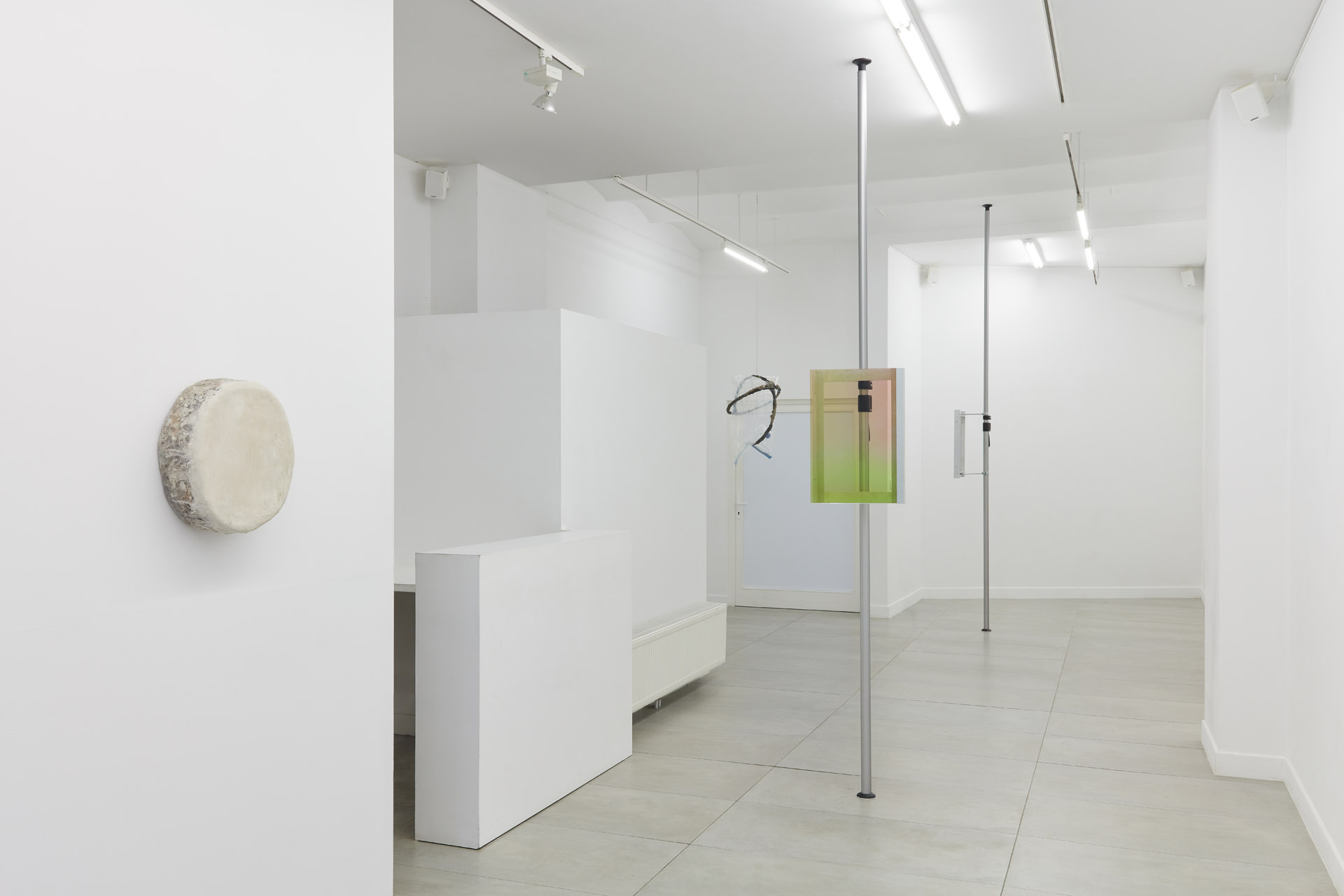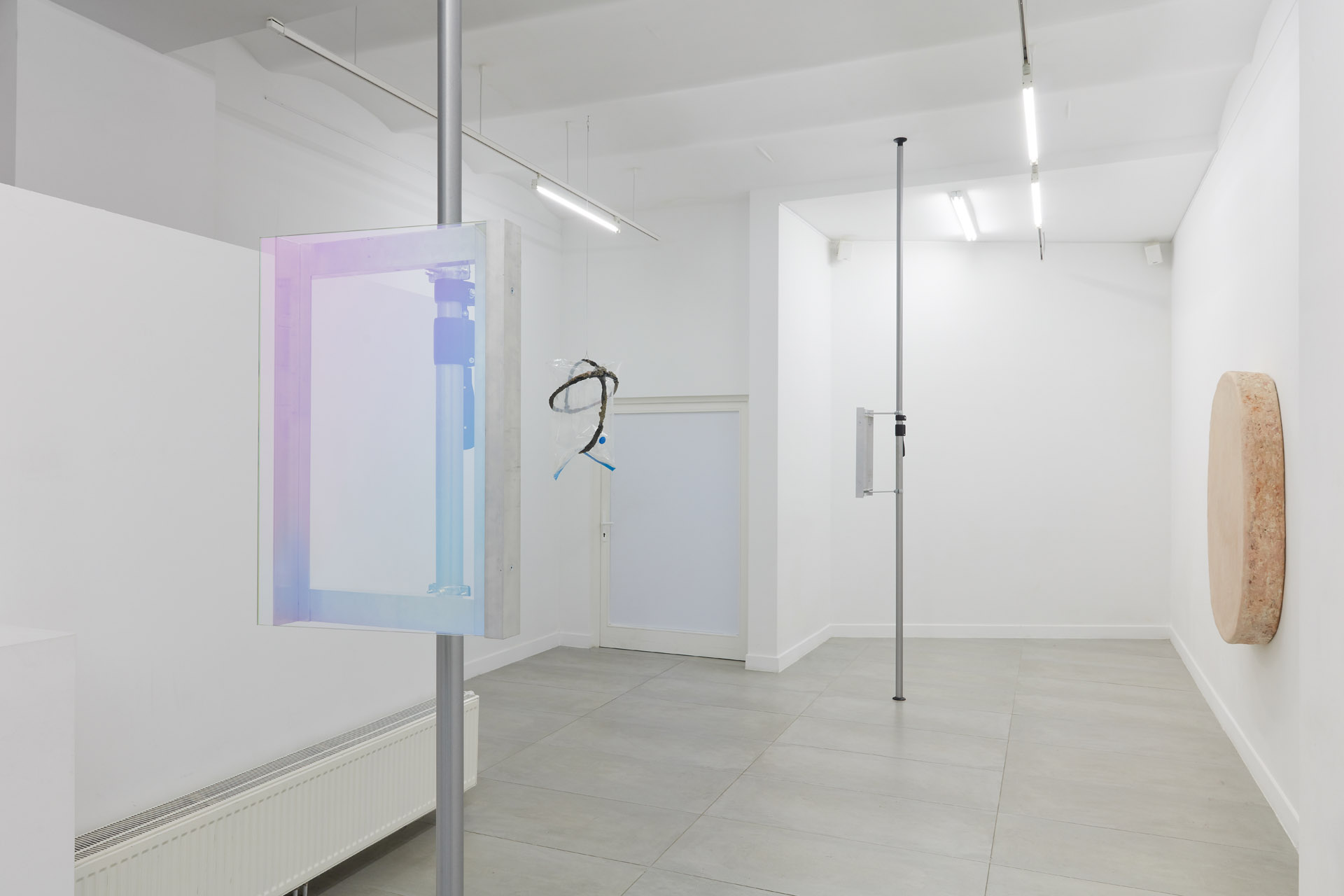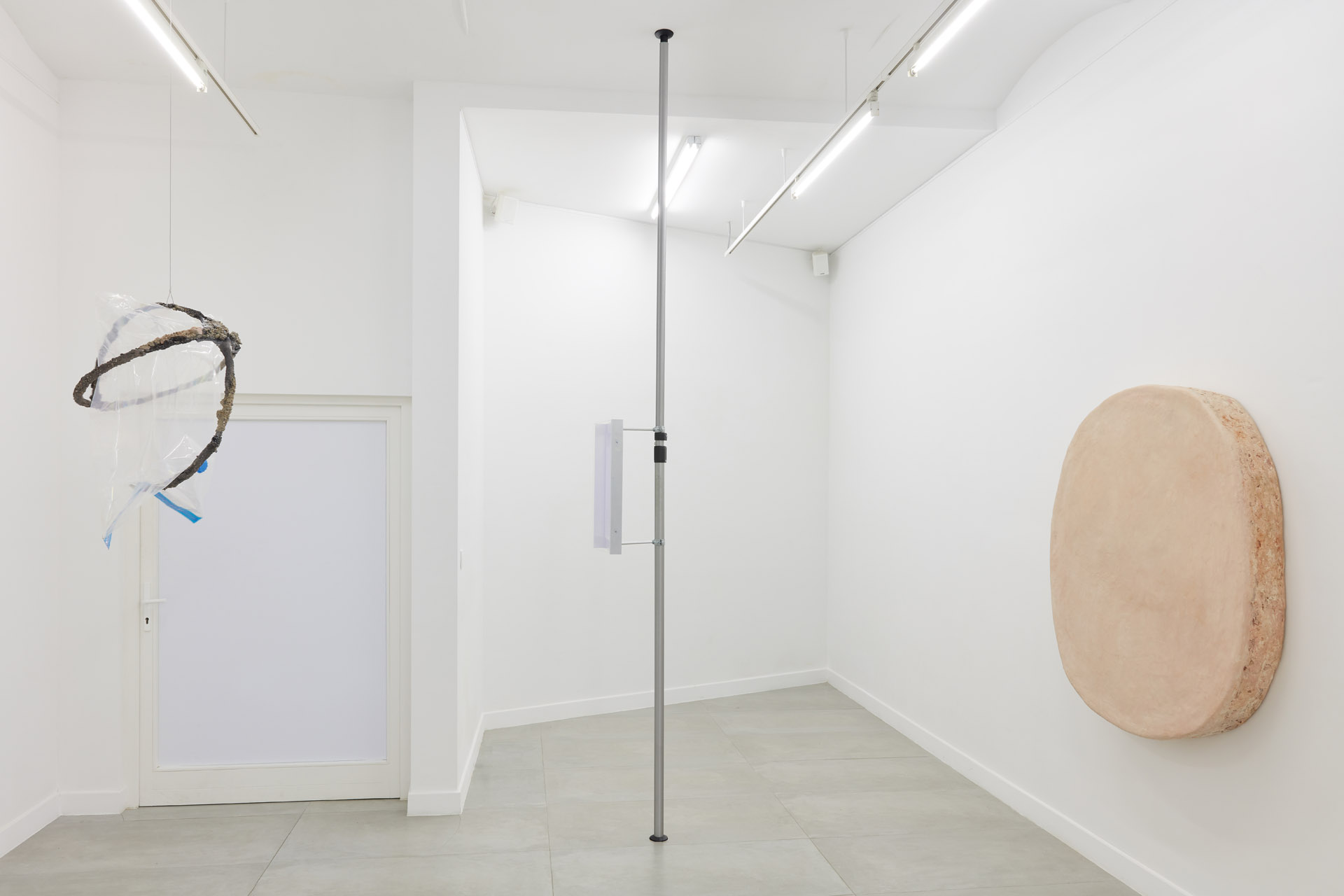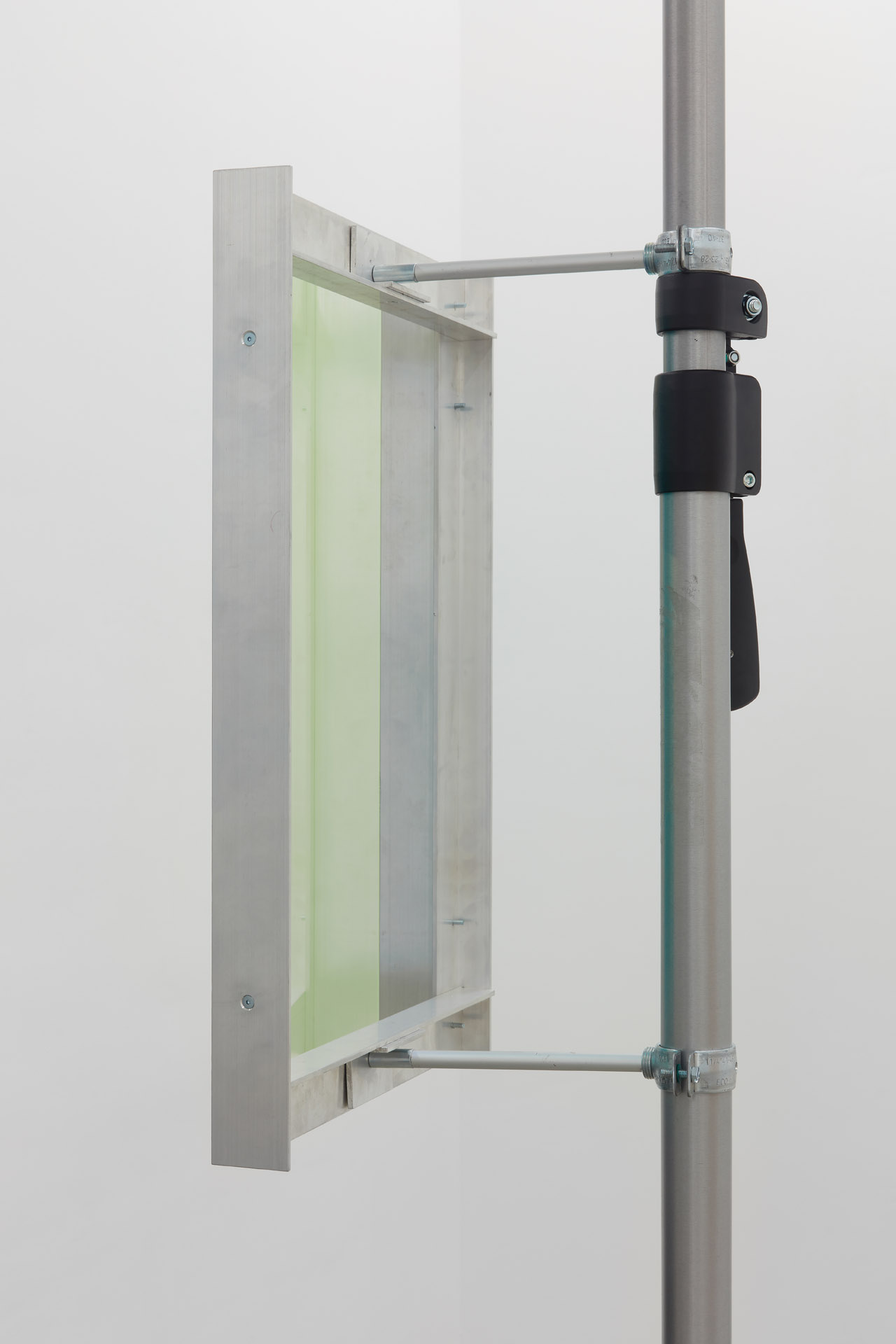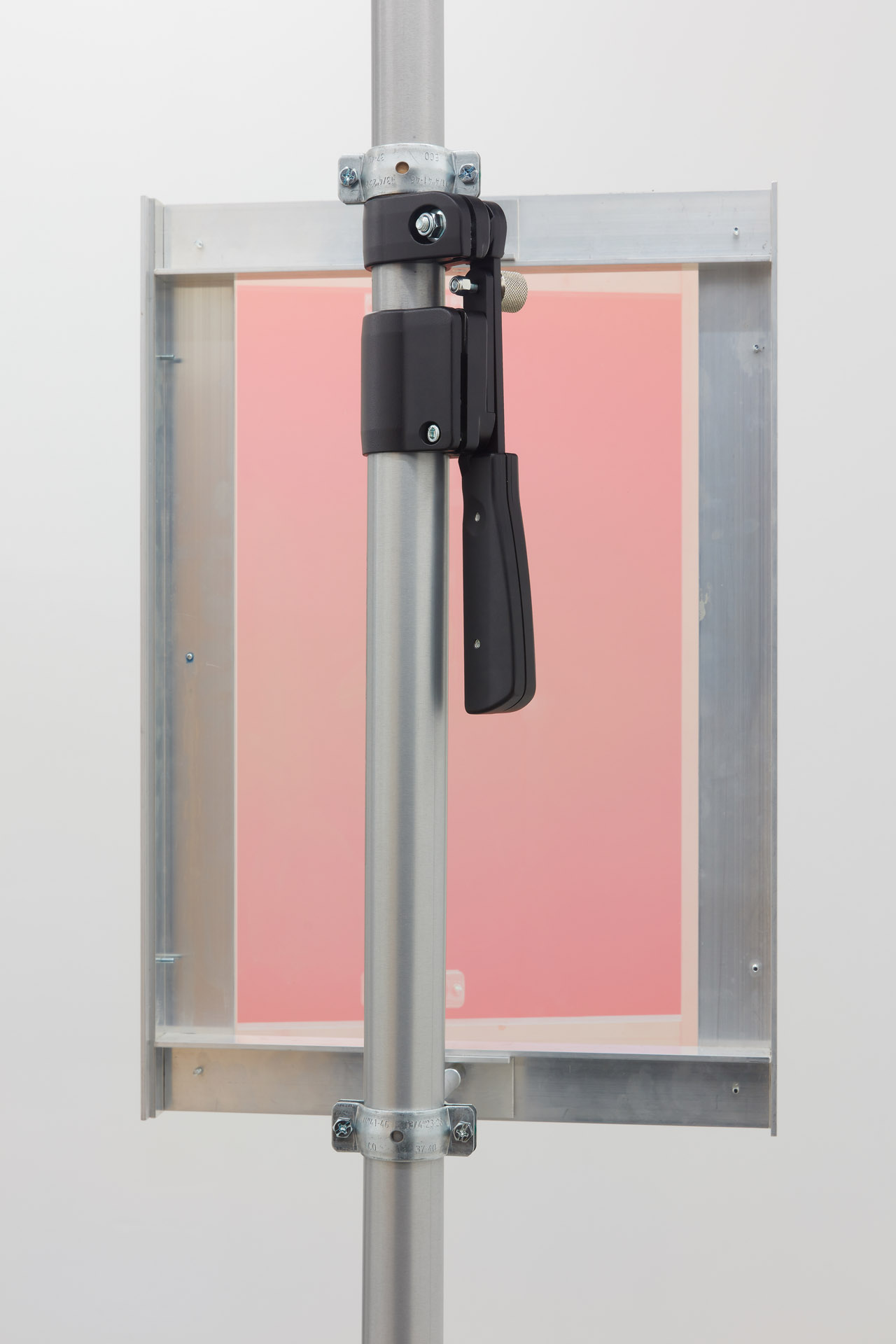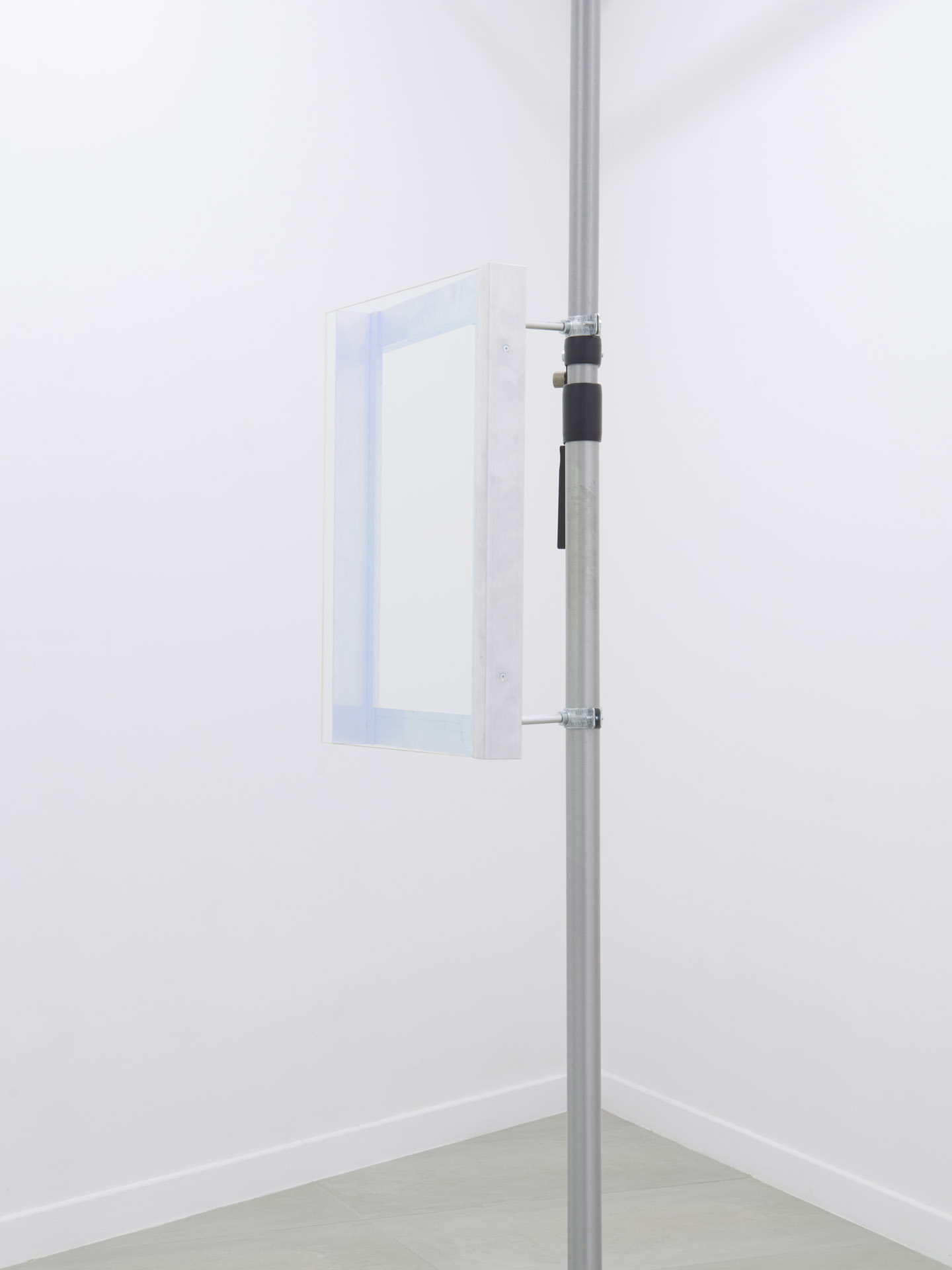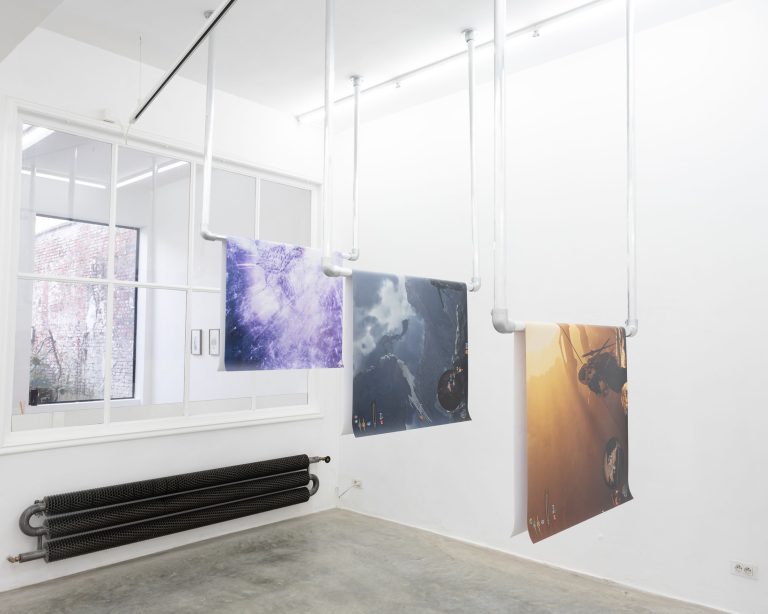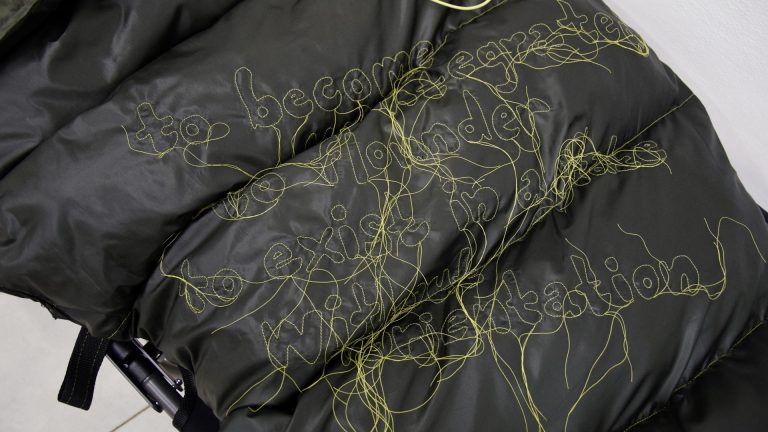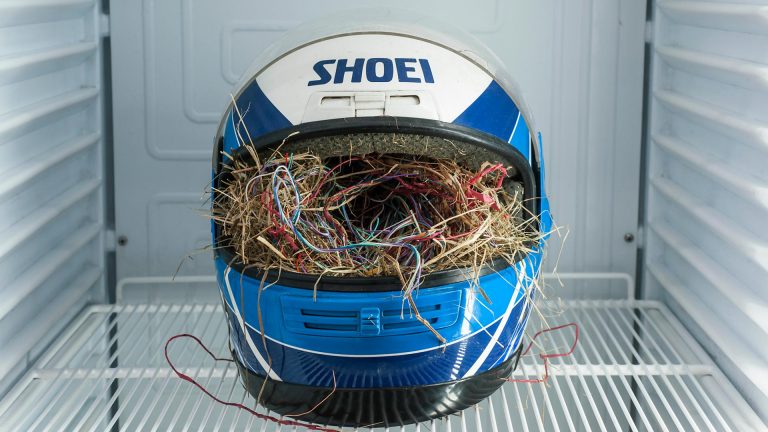Artists: Manuel Burgener, Philipp Modersohn, Stan Van Steendam
Exhibition title: Visible Invisible
Curated by: Domenico de Chirico
Venue: Barbé Urbain gallery, Ghent, Belgium
Date: March 13 – April 18, 2021
In the words of the American philosopher Hugh J. Silverman, ideas, concepts, points of view, practices, cognitive hemispheres, empi-rical methods and so on are indispensable for understanding the role of philosophy as a link between heterogeneous levels of reality, oscillating between what is clear, because it is particularly ‘illuminated’, and what is hidden not only from sight but also from all the other senses. Philosophy means, therefore, taking care of what is clear. In the act of taking care, it is also included the act of bringing to light what is being taken care of, acting as a intermediary between the visible and the invisible. In this context, “Visible Invisible” can be considered, as an exhibitional experience, as the “metaxy”, from the Greek μεταξύ, between these two perceptive hemispheres, opposite but at the same time interconnected, here analysed in an aesthetic key. The result is a set of semantic models created for a more general theory of the image, based on the notions of intertwining, alterity and the intermediate.
“Visible Invisible” is rooted in a scene in which materials triumph and images are conceived as an intertwining of being and non-being. It is a notion that speaks to us of alterity, of aspirations to wholeness and the unexplored, constantly nurtured by a dialectic between philosophical reasoning and mystical ambitions. Not a static or contemplative vision of art, but a dynamic one, since the essence of art is a deep and radical enérgheia that develops in in-between, in passing, in the transition. The allegorical interpretation of “Visible Invisible” is as follows:
Manuel Burgener’s (CH, 1978) work is characterised by a subversive manipulation of the viewer’s perception. The elaborate craft-manship of materials and forms allows for an ironic distortion of expectations, often reshaping the perceived boundaries. It is Burgener’s artistic interest in the relationship between the three-dimensional shape, the human body and the surrounding space;
Philipp Modersohn’s (DE, 1986) artistic practice examines the relationship between nature, art and society. He uses various materials, including sand and several recyclable materials, to produce sculptures and installations of original beauty and grace: objects for both indoor and outdoor spaces, characterised by references to land art, architecture and design. Modersohn questions the future of art making during the late Anthropocene with a contemporary twist on motifs from the baroque era;
Stan Van Steendam’s (BE,1985) enigmatic work, made with his bare hands, challenges our ideas of tradition and modernity: sculptural objects and monochromatic explorations, respectively tactile and meditative. Van Steendam’s practice, whose matrix is intuitive, aims to deconstruct the materiality of painting, which he explores through an extensive process of layering raw pigments, plaster and other materials such as ash, dirt and dust. A new approach to tradition that enables new perceptive experiences.
-Domenico de Chirico





